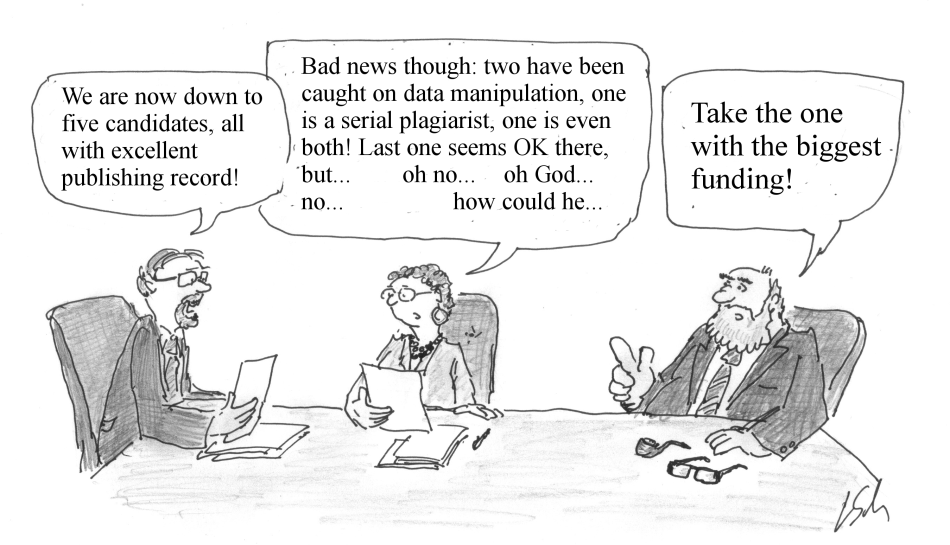"Snake oil" is what the unregulated clinics are selling, according to Jonathan Thomas, chairman of $3 billion California stem cell agency, which will be invited to appear at the Sacramento meeting next month.
The clinics have been operating for years nationally, with at least an estimated 1,000 currently in business. California has the largest number. In the past couple of years, the clinics have achieved more notoriety. That includes a "buyer beware" piece this month on HealthDay.
Responding to an inquiry last week by the California Stem Cell Report, Kimberly Kirchmeyer, executive director of the Medical Board, said today in an email that topics likely to be covered at the board's hearing include:
- Best practices guidelines and outreach and education
- Improved informed consent practices
- Adverse event reporting when treatments go wrong
- Other options to be considered by the board
In addition to the stem cell agency, known formally as the California Institute for Regenerative Medicine (CIRM), the board said it would invite the state Department of Public Health. Members of the public may appear as well. The Medical Board is the chief regulatory agency for physicians.
Here is the full text of Kirchmeyer's statement, which includes a timeline on the board's actions related to the dubious clinics:
Here is the full text of Kirchmeyer's statement, which includes a timeline on the board's actions related to the dubious clinics:
"At the July 2018 Board Meeting, the Board was provided a policy that was adopted by the Federation of State Medical Boards at their annual meeting. The policy contained several recommendations for state boards regarding Regenerative and Stem Cell Therapy Practices.
At the October 2018 Board Meeting Ms. (Denise) Pines, (president of the board), established a Board Task Force on Stem Cell and Regenerative Therapy. In April 2019, Board staff met with the California Department of Public Health to discuss issues regarding stem cell and regenerative therapy and discussed how the two entities could work together. The two organizations also discussed some of the issues regarding investigating complaints regarding these practices.
"On June 27, 2019, the Task Force members met with Board staff to discuss oversight options the Board may decide to pursue to protect California consumers from unapproved and potentially dangerous stem cell products and therapies and next steps.
"A few options discussed included the development of educational materials, exploring outreach opportunities, and developing best practice guidelines similar to those adopted by the Federation. The Task Force also discussed the need for some type of guidance for informed consent. While current law requires notice to patients regarding stem cell therapies, it only requires notification to the patient that the therapy is not FDA-approved and encouraging the patient to consult with their primary care physician.
"The Task Force believes a more in-depth informed consent may be needed. In addition, discussion also included the need for adverse event reporting and what would be required for such reporting.
"It was determined that the Task Force hold an interested parties meeting to receive feedback from consumers, experts, and stakeholders to assist in the development of materials, guidelines and/or to determine if there are additional options that should be considered. At this meeting, the Board is also going to ask for presentations from the California Department of Public Health and the California Institute for Regenerative Medicine.
"The meeting will be held September 18 in the afternoon (at board headquarters in Sacramento). If necessary, a second interested parties meeting will be held by mid-November. The Task Force hopes to have recommendations presented to the Board at its January 2020 meeting. "You will be able to watch the update on the webcast when it is posted on the Board’s website within the next two weeks. Here is the link to the page where the webcast will be posted: http://www.mbc.ca.gov/About_Us/Meetings/ "







